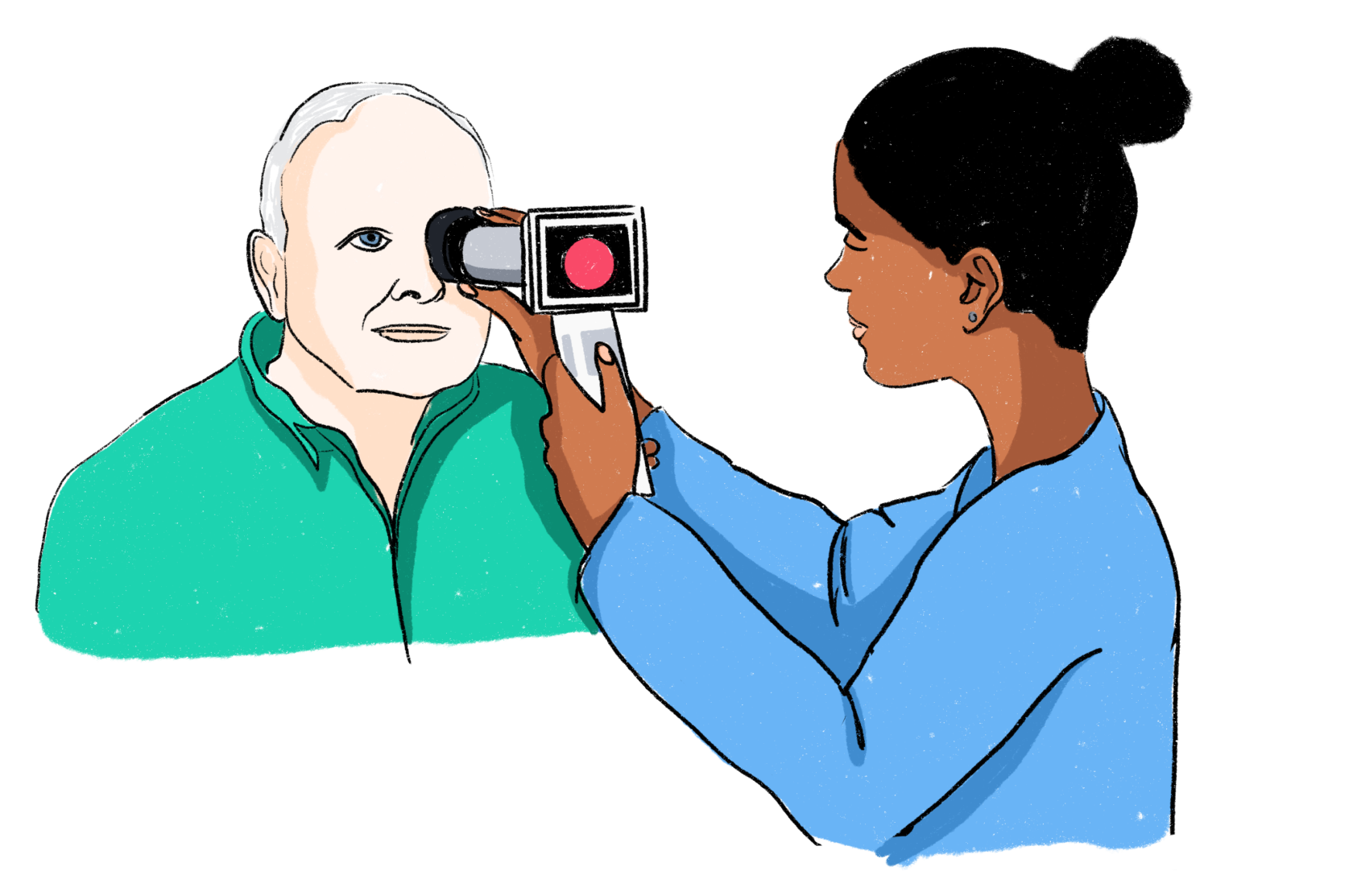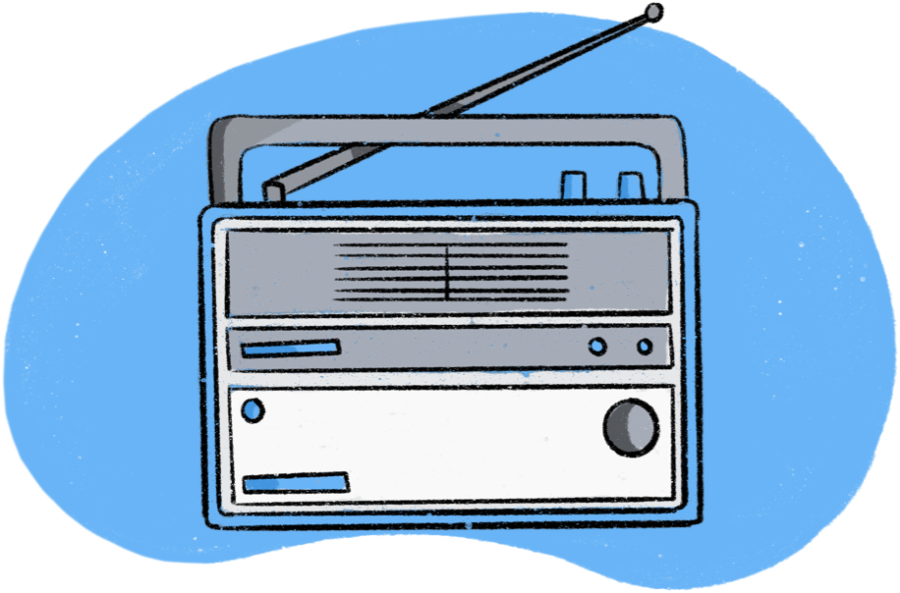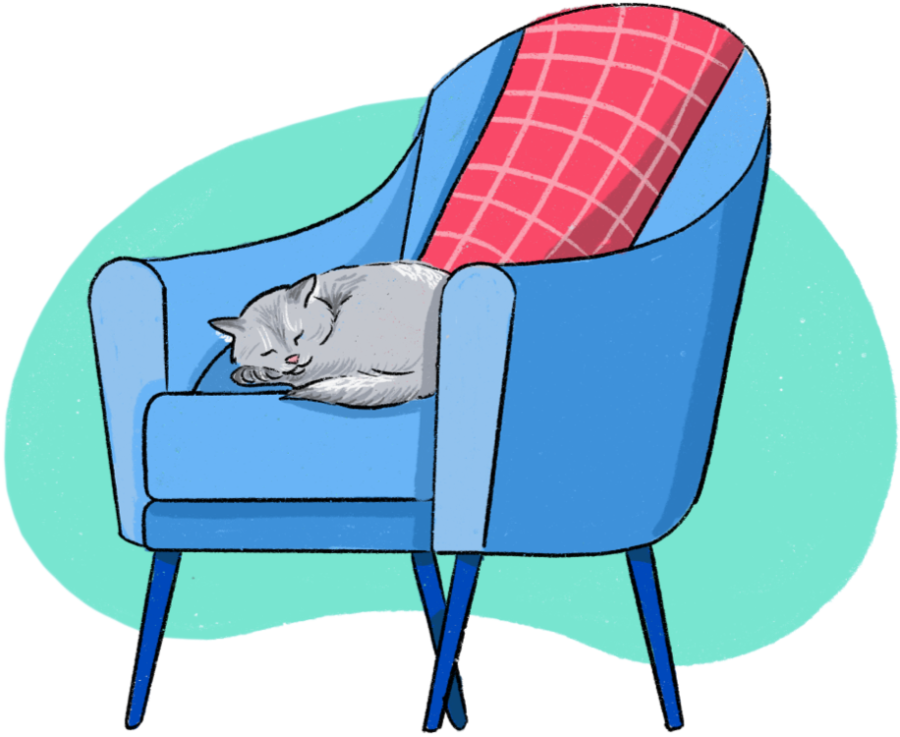GP information
The following information is dedicated to help you and your patient to make informed choices on whether OutsideClinic is the appropriate provider for your patient.

Our hearing service
Our audiologists are experienced in treating:
- Age-related hearing loss (Presbycusis)
- Noise-induced hearing loss
- Sensori-neural hearing loss
Please note that patients should not be referred into, or treated by, the Direct Access Adult Hearing Service if they have any contraindications.

Referrals to Outside Clinic
If you are not in a self-referral area, please forward any relevant patient history/symptoms as part of your referral. Please note the patient’s NHS number must be specified on all referral documentation. In order to ensure patient satisfaction, we would suggest that otoscopy is performed on the external canal and any excessive wax is removed prior to referral.
Could you please advise your patient that:
- We recommend that they are accompanied on the day of our visit to support them.
- If they are an existing hearing aid user it is useful to have that aid to hand when the Audiologist visits.
e-RS is the preferred referral option, however for non e-RS referrals, please download the form below, complete and email to hearing.outsideclinic@nhs.net.
Audiology Referral FormPatient pathway
Please click below to see the AQP patient pathway from referral through to aftercare.
AQP patient pathwayE-referrals
Referrals for our specialised service are directed slightly differently than usual booking appointments through e-RS, and this is by selecting the Referral Assessment service.
This service is delivered by locally based Audiologists and is aimed at patients who find it difficult to get to the high street or their local hospital Audiology department unaided. OutsideClinic are contracted by your ICB to carry out this service on behalf of the NHS and is covered by the same contract terms and conditions as all qualified providers who provide a high street or hospital service.
Please email us at hearing.outsideclinic@nhs.net with any queries
Contraindications for referral
Contraindications which should not be referred into or treated by the Direct Access Adult Hearing Service.

History
- Persistent pain affecting either ear which has lasted for more than seven days within the last 90 days prior to the appointment.
- History of discharge, other than wax, from either ear within the last 90 days.
- Sudden loss or sudden deterioration of hearing (sudden is within one week, in which case send to A&E or Urgent Care ENT clinic).
- Rapid loss or rapid deterioration of hearing (rapid is within 90 days or less).
- Fluctuating hearing loss not associated with head colds or other respiratory tract infection.
- Unilateral or asymmetrical, pulsatile or distressing tinnitus lasting more than 5 minutes at a time.
- Troublesome tinnitus which may lead to sleep disturbance or be associated with symptoms of anxiety or depression
- Abnormal auditory perception (dysacusis).
- Vertigo (classically described as hallucination of movement) or other disturbances including dizziness, swaying or floating sensations that may indicate otological, neurological or medical conditions).
- Normal peripheral hearing but with abnormal difficulty hearing in noisy backgrounds, possibly having problems with sound localisation, or difficulty following complex auditory directions.
Ear examination
- Complete or partial obstruction of the external auditory canal preventing proper examination of the eardrum and/or safe and accurate taking of an aural impression.
- Abnormal appearance of the outer ear and/or the eardrum (e.g. inflammation of the external auditory canal, perforated eardrum, active discharge).
Audiometry
- Conductive hearing loss, defined as 25dB or greater air-bone gap present at two or more of the following frequencies: 500, 1000, 2000 or 4000 Hz.
- Unilateral or asymmetrical sensorineural hearing loss, as indicated by a difference in left and right bone conduction thresholds of 20dB or greater at two or more of the following frequencies: 500, 1000, 2000 or 4000 Hz.
- Evidence of deterioration of hearing by comparison with an audiogram taken in the last 24 months, defined as a deterioration of 15dB or more in air conduction threshold readings at two or more of the following frequencies: 500, 1000, 2000 or 4000 Hz.

